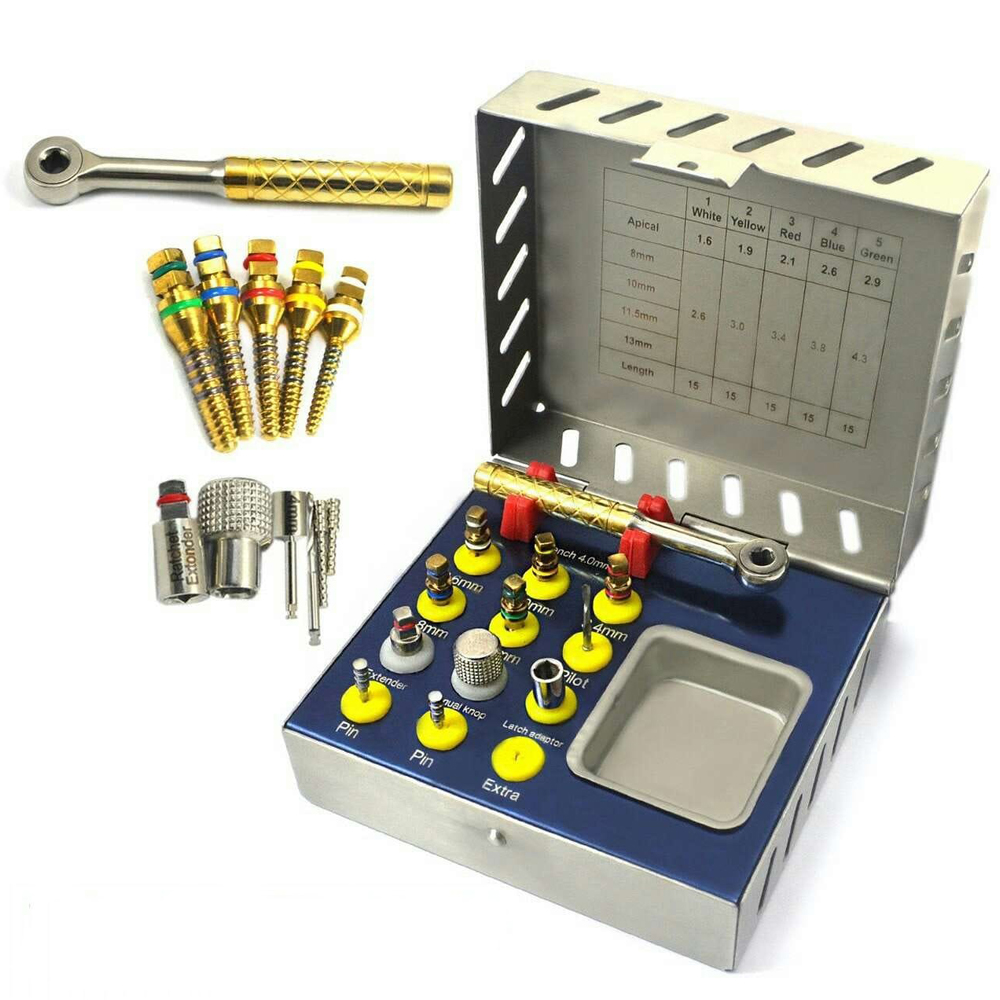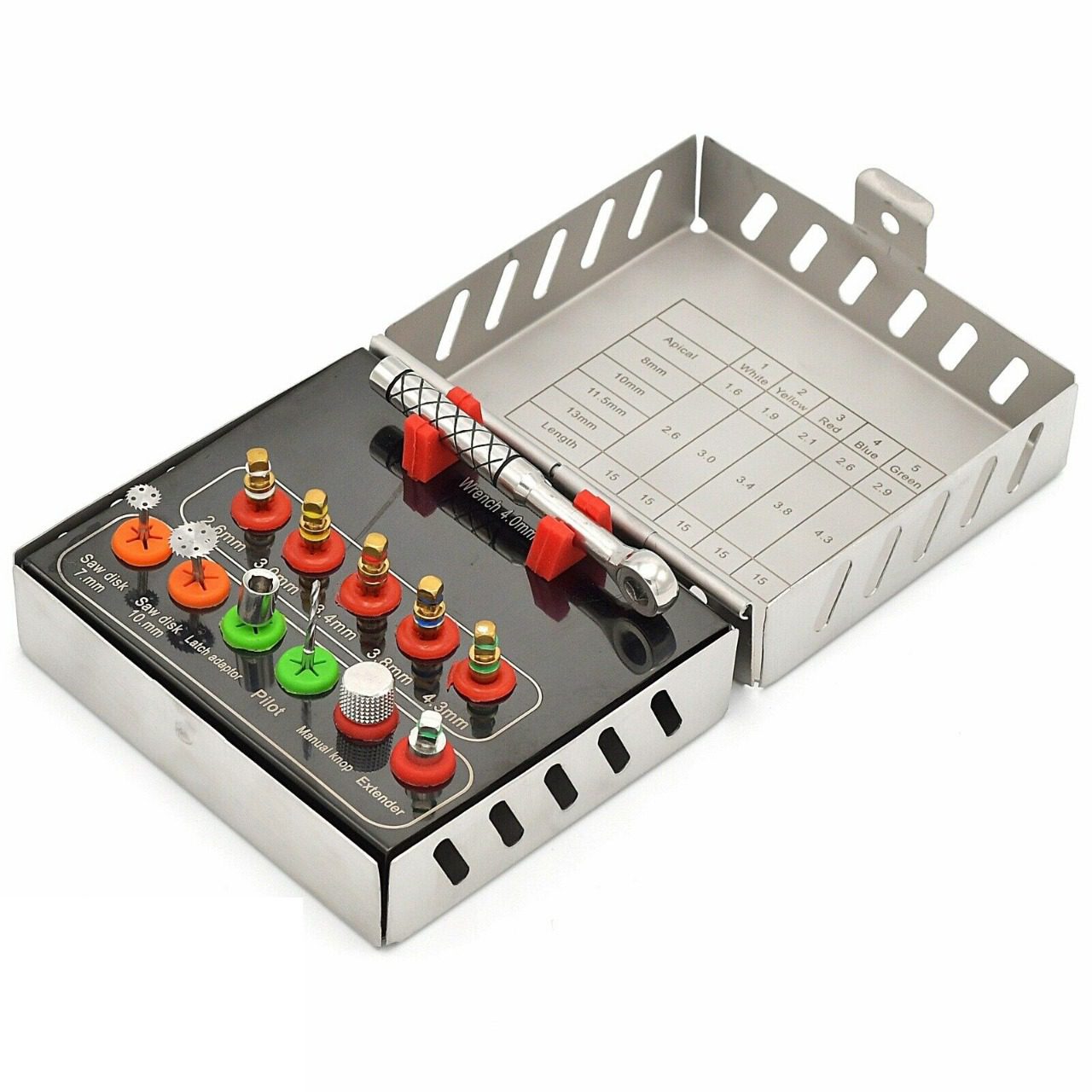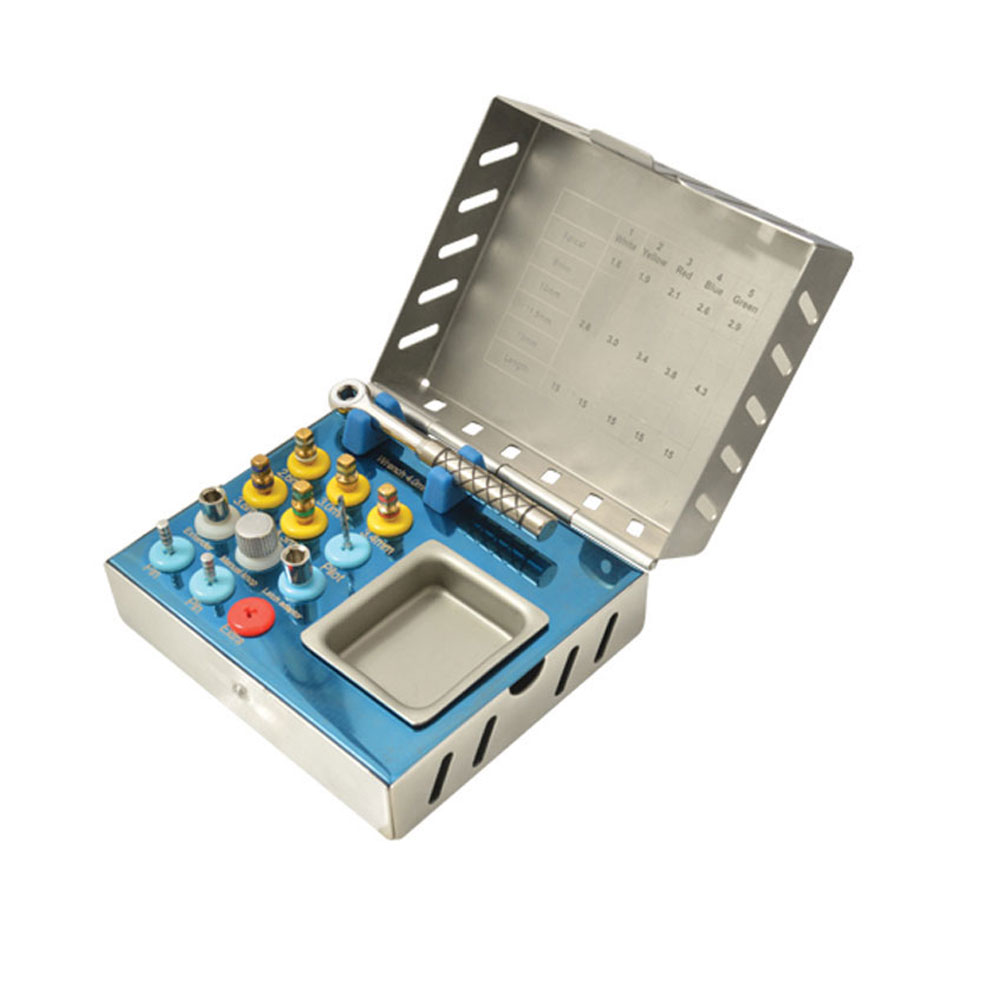Surgical instruments are specialized tools designed for performing specific actions during surgical procedures. These instruments aid in precision, efficiency, and safety, playing a critical role in the success of operations.
Categories of Surgical Instruments
Surgical instruments can be broadly categorized based on their function:
1. Cutting and Dissecting Instruments
These instruments are designed to cut tissue, sutures, or materials used during surgery. Examples include:
- Scalpels: Sharp blades for making incisions.
- Scissors: Various types like Metzenbaum scissors (for delicate tissue) and Mayo scissors (for heavy tissue).
- Bone saws and chisels: Used in orthopedic procedures to cut through or shape bones.
2. Grasping and Holding Instruments
These tools allow surgeons to hold or manipulate tissues during procedures.
- Forceps: Come in various forms such as tissue forceps (to grip tissues) and hemostatic forceps (to control bleeding by clamping blood vessels).
- Needle holders: Specialized for holding needles during suturing.
3. Clamping and Occluding Instruments
These instruments are primarily used to control blood flow or isolate a specific part of the body during surgery.
- Hemostats: Used to clamp blood vessels and stop bleeding.
- Bulldog clamps: Common in cardiovascular surgeries to temporarily occlude arteries or veins.
4. Retracting and Exposing Instruments
These tools are used to hold back organs or tissues to provide access to the surgical site.
- Retractors: Available in handheld (e.g., Army-Navy retractors) and self-retaining forms (e.g., Balfour retractors).
- Speculums: Designed to hold open orifices, such as the vaginal speculum in gynecological exams.
5. Suturing and Stapling Instruments
Used to close wounds or surgical incisions.
- Needles and sutures: Varying in size and material for different surgical needs.
- Staplers: Provide quick closure, especially in gastrointestinal and thoracic surgeries.
6. Suctioning and Aspirating Instruments
These remove bodily fluids or debris from the surgical site.
- Suction tubes: Yankauer and Poole suction tubes are common for fluid removal.
- Aspiration needles: Extract fluids or gases from body cavities.
7. Dilating and Probing Instruments
Used to enlarge openings or explore wounds and cavities.
- Dilators: Gradually expand body passages.
- Probes: Examine or identify foreign objects in wounds.
8. Viewing Instruments
Designed to provide enhanced visibility during surgery.
- Endoscopes: Used in minimally invasive procedures to visualize internal organs.
- Speculums: Enable clear views into body cavities.




















